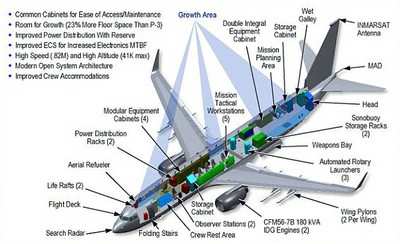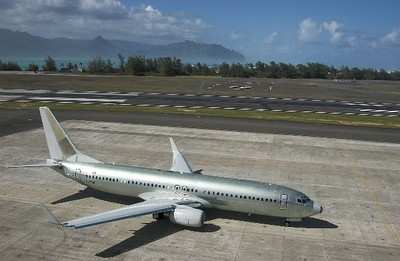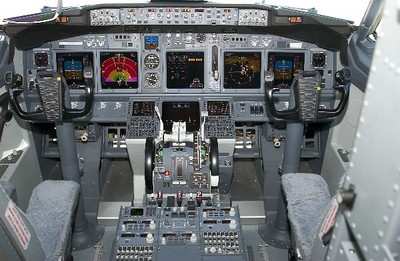A team of engineers from Naval Air Station Patuxent River, Naval
Air Warfare Center China Lake and The Boeing Company are currently
working together on the P-8A Multimission Maritime Aircraft program
to execute the approved Live-Fire Test and Evaluation (LFT&E)
Strategy.

This strategy is focused on vulnerability reduction and
survivability enhancement while fulfilling congressionally-mandated
LFT&E requirements. LFT&E testing began in April and will
conclude through 2012, prior to the P-8A entering full-rate
production.
Though early in its System Development and Demonstration (SDD)
phase, the P-8A program continues to set the standard for
acquisition programs, and this phase focuses on one of the most
critical areas - survivability.
“Fire is a major contributor to catastrophic failure of
aircraft,” said Silvia Seng, P-8A live-fire test leader with
the Weapons Survivability Laboratory (WSL) at Naval Air Warfare
Center Weapons Division in China Lake, Calif. “We are doing
developmental live-fire testing early enough in this program so
that the results can have a positive influence on the actual design
of the aircraft.”

“The primary goal of the P-8A program is to provide the
Maritime Patrol Aircraft fleet commander an aircraft that is
continually effective and suitable for its intended missions in
maritime and littoral environments,” said Dave Legg, P-8A
Survivability lead in NAVAIR’s (Naval Air Systems Command)
Maritime Surveillance Aircraft Program Office (PMA-290).
“Vulnerability reduction and survivability enhancement are
part of that goal.”
Preliminary fire suppression testing for the P-8A began at the
WSL in April. Based on data from those preliminary tests, Boeing is
working to develop an effective fire-suppression system.
Development and verification testing of the system began in August
and will continue through 2009. Full-scale live-fire testing is
slated for 2011 using a P-8A static test aircraft.

Assessments by the Navy/Boeing team of advanced technologies and
systems will be an ongoing effort to meet emerging requirements
with effective solutions. The next fire-suppression test for the
P-8A program will be on the trailing edge of a fabricated wing and
is scheduled for September at the WSL.
“We have assembled a great team that is working closely
together to ensure the safest and most effective warfighting
solution for the future,” said Cmdr. Mike Moran,
NAVAIR’s P-8A department head. “The P-8A will deliver a
broad array of technologies for protecting the aircraft and its
crew in order to maximize the likelihood of mission
completion.”
The P-8A MMA is the Navy’s replacement platform for the
P-3C Orion, securing the Navy’s future in long-range maritime
patrol.
Built on a modified Boeing 737-800ERX, the P-8A will bring
together a highly reliable airframe and high-bypass turbofan jet
engine with a fully-connected, state-of-the-art open mission
systems architecture. The new aircraft will dramatically improve
anti-submarine warfare, anti-surface warfare, and intelligence,
surveillance, and reconnaissance capabilities well into the 21st
century.

The aircraft will provide more combat capability with a smaller
force and less infrastructure than the venerable P-3C Orion
aircraft currently in service.
Successful execution of the SDD phase is critical in getting the
first operational aircraft squadron forward deployed in 2013. Full
operational capability is slated for 2019. [ANN Thanks Renee
Hatcher, Naval Air Systems Command Public Affairs]
 ANN's Daily Aero-Linx (05.02.24)
ANN's Daily Aero-Linx (05.02.24) ANN's Daily Aero-Term (05.02.24): Touchdown Zone Lighting
ANN's Daily Aero-Term (05.02.24): Touchdown Zone Lighting Aero-News: Quote of the Day (05.02.24)
Aero-News: Quote of the Day (05.02.24) ANN FAQ: Contributing To Aero-TV
ANN FAQ: Contributing To Aero-TV NTSB Final Report: Cirrus Design Corp SR20
NTSB Final Report: Cirrus Design Corp SR20






